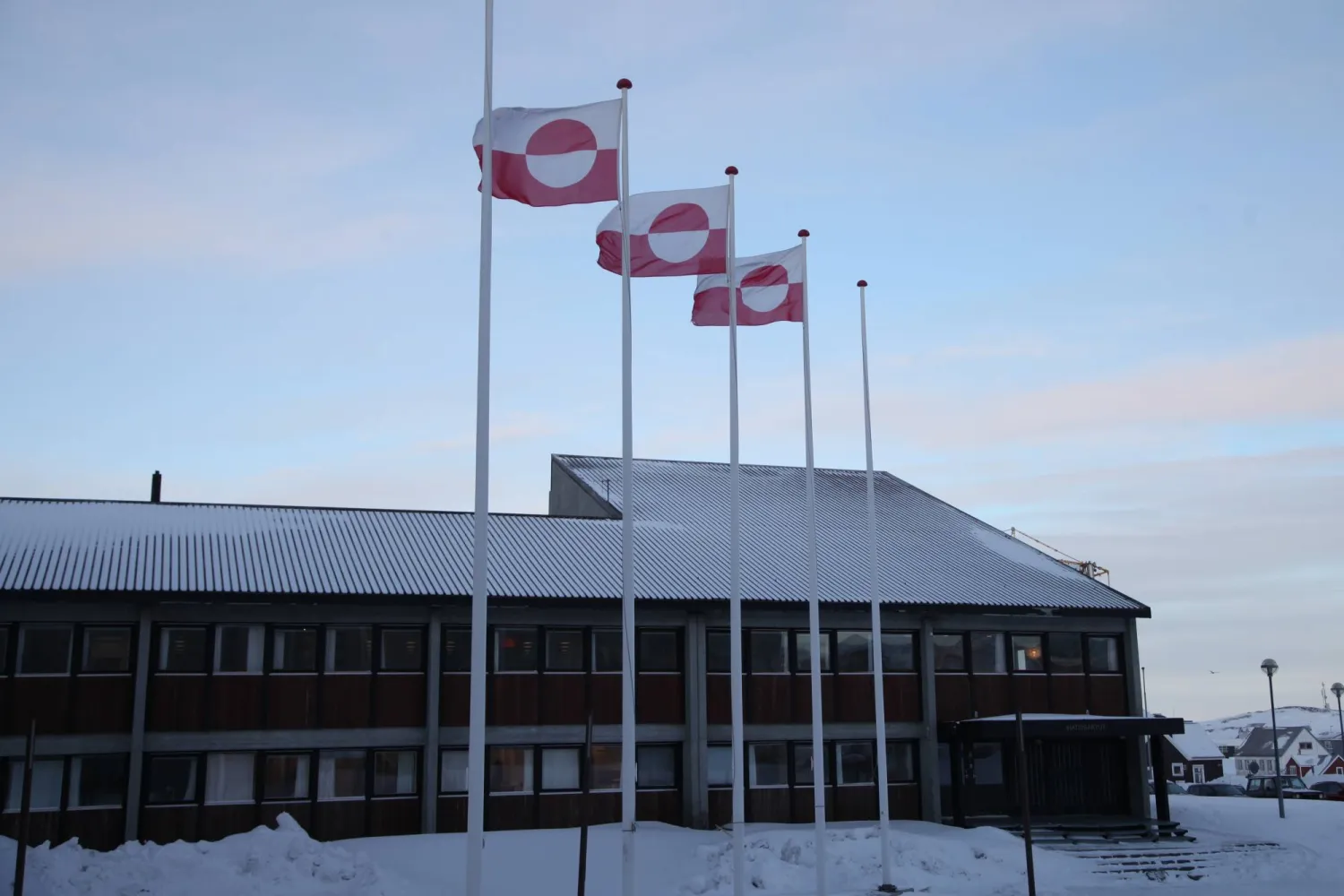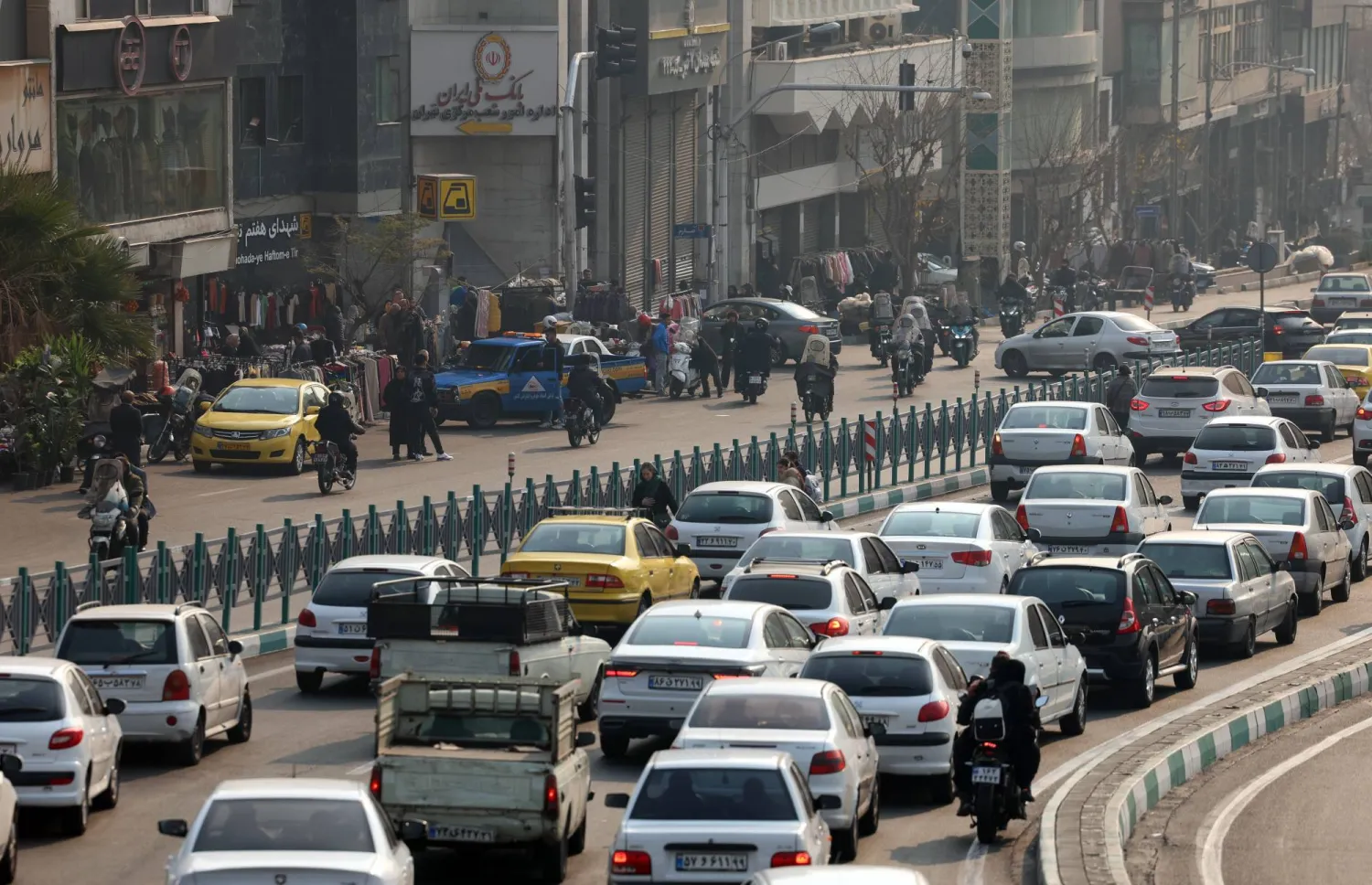Russia’s war against Ukraine has produced a new battlefront for Syrian youth seeking to escape “hell” in their country and find ways to resolve their living, security, and economic crises. Warlords will want to profit off the conflict the way they did in other wars in Libya and Nagorno-Karabakh.
With Russian and Turkish sponsorship, Syrian mercenaries have fought in wars abroad.
Mediators in Damascus and other government-run areas in Syria have started signing contracts with Syrian youths willing to fight alongside the Russian army in Ukraine.
The new list of conscripts includes around 23,000 Syrians who had fought in militia formations alongside the Syrian government forces. These fighters once went to battle under the banners of the Al-Bustan Association and the National Defense Forces (NDF).
The military wing of Al-Bustan Association had belonged to Syrian President Bashar al-Assad’s maternal cousin, Rami Makhlouf, but was later disbanded and taken over by Damascus.
Meanwhile, the NDF was co-founded with Iran in 2012. It had lost traction on the battlefield after the Russian intervention in Syria in 2015.
Saturday marks two years passing since Russian President Vladimir Putin and his Turkish counterpart, Recep Tayyip Erdogan, signed the Idlib truce in Syria, stabilizing contact lines in the Levantine country’s north and northwest.
Moreover, Russian-US agreements dating back to mid-2017 had marked “borders” between government-run areas and regions east of the Euphrates river.
During a meeting at the Russian-operated Hmeimim airbase in western Syria and before Russia waging its attack on Ukraine, Russian Defense Minister Sergey Shoygu had told Assad to wait for an all-out attack against Idlib, because Moscow will be busy with Ukraine and does not want to anger Ankara at present.
As the 11th anniversary of the Syrian opposition protests approaches, it is worth noting that two whole years had passed without any significant change in the “borders” of the microstates that had formed in Syria.
In Syria, the economic crisis and suffering have been exacerbated, leaving 90% of the population in poverty. At least 12.4 million Syrians, or 60% of the population, are food insecure.
The Syrian pound has also witnessed a sharp decline in its value, dropping from 46 pounds to 3,500 pounds per dollar, at a time when food prices are 33 times higher than they were during the pre-war period.
An estimated 14 million people need assistance inside the country, and more than five million people lack access to freshwater.
Russia’s war in Ukraine has deepened the Syrians’ crises, as the two warring countries constitute a significant source of food and livelihood supplies, especially bread and energy.
But this provided additional reasons for “investing in the suffering of the people,” as warlords in Damascus and other government-run areas were active in distributing draft contracts to young people.
The contract promises $7,000 so long that the recruit serves seven consecutive months in protecting facilities in Ukraine. The contract’s first condition is that draftees do not return to Syria during the seven months.
The second condition is that the Syrian government has nothing to do with these contracts.
If a recruit is killed, they are not eligible for the national “Martyrs’ Fund” in Syria and their families won’t enjoy any privileges.
However, young volunteers may get justifications to postpone their mandatory military service, which was one of the reasons for the emigration of many young Syrians.
Instead of fighting each other, Syrian youth are now fighting wars abroad.
Back when Russia and Turkey transferred thousands of them to “protect oil installations” in Libya or Nagorno-Karabakh the mercenary’s contract was for six months, while in Ukraine it will last for seven months.
This indicates that the Russian Hmeimim air base, the main umbrella for the recruitment process, has a conviction that the Ukrainian war will last for months or years, not days.
Damascus has clearly sided with Moscow politically. It issued supportive official statements, backed the recognition of the “independence of the republics” of eastern Ukraine, and voted alongside Cuba, Eritrea, North Korea and Russia in the United Nations General Assembly against a Western condemnation statement that received the support of 141 countries.
Since the outbreak of the attack against Ukraine, contacts between Damascus and Tehran also intensified.
The Director of the Syrian National Security Office, Major General Ali Mamlouk, met his Iranian counterpart, Ali Shamkhani, and President Ibrahim Raisi to coordinate against “US moves to recruit fighters from the east of the Euphrates.” This came amid reports that other Syrian mercenaries are ready to fight on Ukraine’s behalf.
But most likely, the Syrian-Iranian coordination aims to have Iran “fill the void” if Russia is too preoccupied with Ukraine.
For its part, Russia prepared for the potential eventuality of its involvement in Ukraine by signing a military agreement with Belarus to send military forces with “humanitarian missions” to Syria and depending on Iran to provide economic, oil and food aid to the war-torn country.
Damascus, an ally of both Moscow and Tehran, will likely inch closer to Iran if a nuclear deal is signed in Vienna. A deal would secure Iran’s ability to economically help Syria while Russia is busy with its new adventure in Ukraine.
Even though the past months had witnessed the balance in Syria tilting in favor of Russia, as Moscow succeeded in the acquisition of interests that Tehran sought to control in the country, including the port of Latakia, the coming days may witness a swing in the balance of Iran.
However, Russia continues to green light Israel’s attacks against Iranian interests to prevent Tehran from “strategic positioning”, especially in southern Syria.









